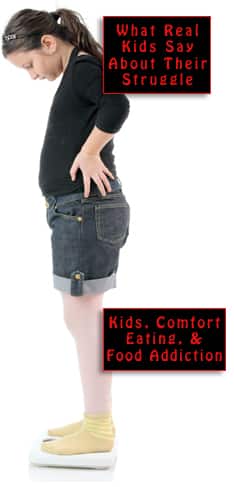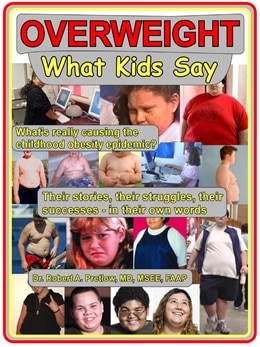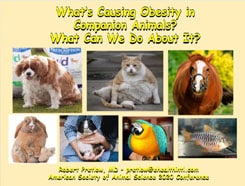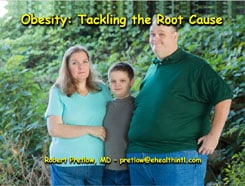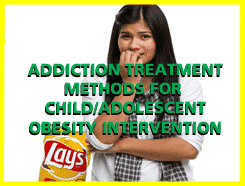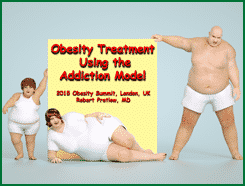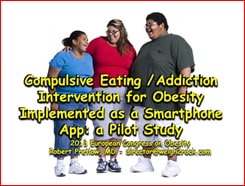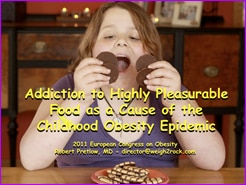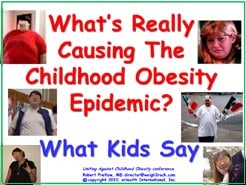Landmark — Junk Food Legally Defined

It is one thing to intuitively notice the correlation between increasing child obesity and the ever-mounting abundance of ultra-processed foods on supermarket shelves and in the kitchens of families. To show a cause-and-effect relationship is another thing entirely. It has of course become obvious, in a general way, that what a person consumes in the early years of life will have a great deal of impact on future health. Actionable proof, however, calls for the discipline of science.
To demonstrate the harm caused by ultra-processed foods (familiarly known as UPFs) requires ambitious, long-term projects like the Avon Longitudinal Study of Parents and Children. From 1998 through 2017, this study gathered information about more than 9,000 British kids, tracking them from age 7 up through age 24, recording their weight, waist circumference, fat mass index, and BMI.
The UPFs common in the subjects’ diets included “frozen pizza, soda, packaged bread, cakes, and pre-packaged meals.” The researchers arrived at stern conclusions regarding the need for policy revisions and stricter regulations.
There are facts that people know (or should know) intuitively, and accept as common sense. But for the information to be acceptable and actionable, it must be phrased in a prescribed academic manner and format. For instance, as study co-author Eszter Vamos, Ph.D., was quoted as saying,
One of the key things we uncover here is a dose-response relationship. This means that it’s not only the children who eat the most ultra-processed foods have the worst weight gain, but also the more they eat, the worse this gets.
In 2020, a European Childhood Obesity Group publication by authors from eight institutions recognized the concept of food addiction. They stated that reliance on ultra-processed foods for a child under two years old “can lead to one or more forms of malnutrition.” Before they even reach the status of toddlers, they can develop overweight and obesity in addition to micronutrient deficiencies:
A tendency of higher consumption of added sugar (refined sugar, honey, corn syrup) and UPF was found among children with overweight, diagnosed with food addiction.
Two months later, several Tufts University researchers published a report about UPF consumption and obesity in American kids. Their particular mission was to “estimate the potential impact of reducing UPF consumption on childhood obesity in the U.S.” In a randomized, controlled trial, they studied the records of 5804 children of ages ranging from 7 to 18 years. The non-UPF consumers reduced their caloric intake by 17%.
According to the report,
Working from this assumption, they “projected weight loss based on estimated weight reduction due to calorie reduction in children accounting for potential changes in energy expenditure and appetite.”
The document also discussed a United Kingdom initiative in 2006 to ban advertisements for specific food types, during children’s typical TV viewing hours. This was considered a major advance because, among other things, using a formula based on food product nutrient profiles, it introduced a legal definition of junk food.
The Conclusions section of the paper noted that…
Reducing current levels of UPF consumption among US children has the potential to reduce the childhood obesity rate in the US to a great extent, especially among adolescents.
Your responses and feedback are welcome!
Source: “Avon Longitudinal Study of Parents and Children,” University of Bristol, undated
Source: “Ultra-Processed Food Consumption among the Paediatric Population: An Overview and Call to Action from the European Childhood Obesity Group,” Karger.com, 04/28/20
Source: “Ultra-Processed Food Consumption and Obesity Among US Children,” NIH.gov, 06/04/20
Image by Knowing Roger/Public Domain










 FAQs and Media Requests:
FAQs and Media Requests: 